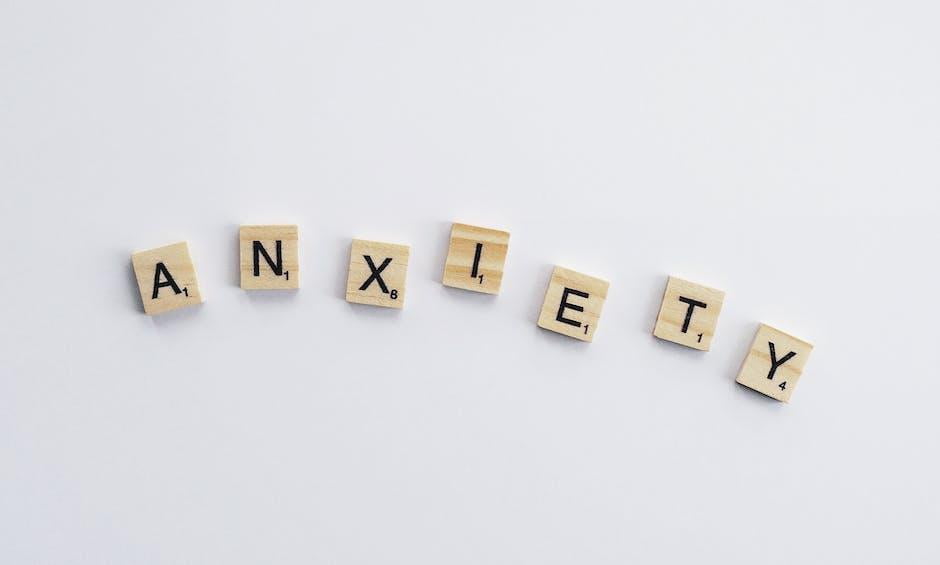When panic strikes, it can feel like the world is spinning out of control. Your heart races, your breath quickens, and your thoughts scatter like leaves in the wind. But here’s the good news: there are effective techniques to calm your mind and regain control during these overwhelming moments. Whether you’re dealing with a sudden panic attack or just feeling on edge, this guide will walk you through practical strategies to find your calm.
Keep reading to discover actionable tips that can help you breathe easier, think clearer, and feel more grounded when panic tries to take over.
Key Takeaways
- Panic is a natural response but can feel overwhelming.
- Techniques like deep breathing, grounding exercises, and visualization can help calm the mind.
- Long-term practices like mindfulness and physical activity can reduce panic over time.
Understanding Panic and Its Effects on the Mind
What is Panic?
Panic is your body’s alarm system kicking into overdrive. It’s a sudden surge of fear or anxiety, often triggered by stress, danger, or even seemingly nothing at all. While it’s a natural response meant to protect you, it can sometimes feel like a runaway train.
How Panic Affects the Mind and Body
When panic hits, your brain floods your body with adrenaline. This triggers the “fight or flight” response, causing symptoms like a racing heart, shallow breathing, and sweaty palms. Your thoughts might spiral, making it hard to focus or think rationally.
Recognizing the Signs of Panic
Knowing the signs can help you act quickly. Common symptoms include:
- Rapid heartbeat
- Shortness of breath
- Dizziness or lightheadedness
- A sense of impending doom
Recognizing these signs early can help you apply calming techniques before panic escalates.
Breathing Techniques to Calm the Mind
Deep Breathing Exercises
How to Practice Deep Breathing
Deep breathing is like hitting the reset button for your nervous system. To practice:
- Sit or lie down in a comfortable position.
- Inhale deeply through your nose for a count of four.
- Hold your breath for four counts.
- Exhale slowly through your mouth for six counts.
- Repeat until you feel calmer.
Benefits of Deep Breathing During Panic
Deep breathing slows your heart rate and helps your body exit “panic mode.” It’s a simple yet powerful tool to regain control.
Diaphragmatic Breathing
This technique focuses on breathing from your diaphragm rather than your chest. Place one hand on your belly and the other on your chest. As you breathe in, your belly should rise while your chest stays still. This encourages relaxation and reduces tension.
Grounding Techniques for Immediate Relief
The 5-4-3-2-1 Method
How to Use the 5-4-3-2-1 Method
This grounding exercise engages your senses to bring you back to the present moment. Here’s how:
- Name 5 things you can see.
- Identify 4 things you can touch.
- Notice 3 things you can hear.
- Acknowledge 2 things you can smell.
- Focus on 1 thing you can taste.
Benefits of Grounding in Panic Situations
Grounding techniques like this one help interrupt racing thoughts and anchor you in reality. They’re especially useful during intense moments of panic.
Sensory Grounding Techniques
Engage your senses to calm your mind. Hold an ice cube, smell a soothing scent, or listen to calming music. These small actions can create a sense of stability.
Relaxation and Visualization Strategies
Progressive Muscle Relaxation
Steps to Practice Muscle Relaxation
Progressive muscle relaxation involves tensing and then relaxing each muscle group in your body. Start with your toes and work your way up to your head.
How It Reduces Panic Symptoms
This technique helps release physical tension, which can reduce the intensity of panic symptoms.
Guided Imagery
Visualizing a Safe and Peaceful Place
Close your eyes and imagine a place where you feel safe and calm. It could be a beach, a forest, or even your favorite cozy corner at home.
Using Imagery to Shift Focus
Guided imagery shifts your focus away from panic and onto something soothing, helping your mind and body relax.
Cognitive Techniques to Challenge Panic
Reframing Negative Thoughts
Identifying Negative Thought Patterns
Panic often brings a flood of negative thoughts like “I can’t handle this” or “Something terrible will happen.” Recognizing these patterns is the first step to challenging them.
Replacing Them with Positive Alternatives
Replace negative thoughts with affirmations like “I am safe” or “This feeling will pass.” Over time, this can help rewire your brain’s response to stress.
Accepting Anxiety as a Normal Response
Sometimes, fighting panic makes it worse. Instead, try accepting it as a natural response. Remind yourself that it’s temporary and not dangerous.
Distraction and Engagement Methods
Activities to Shift Focus
Creative Hobbies
Engage in activities like drawing, knitting, or writing. These hobbies can distract your mind and provide a sense of accomplishment.
Problem-Solving Tasks
Puzzles, crosswords, or even organizing your space can help redirect your focus and calm your mind.
Listening to Calming Music
Music has a unique way of soothing the soul. Create a playlist of calming tunes to play during stressful moments.
Physical Activity to Reduce Tension
Benefits of Exercise for Anxiety Relief
Exercise releases endorphins, your body’s natural stress relievers. Even a short walk can help reduce tension and improve your mood.
Simple Physical Activities to Try
Try yoga, stretching, or even dancing around your living room. These activities can help release built-up energy and calm your mind.
Social Support and Communication
Sharing Feelings with Trusted Individuals
Talking to someone you trust can be incredibly comforting. Whether it’s a friend, family member, or therapist, sharing your feelings can lighten the load.
Seeking Professional Help When Necessary
If panic becomes a frequent visitor, consider reaching out to a mental health professional. Therapy and counseling can provide tools to manage anxiety effectively.
Long-Term Practices for Panic Prevention
Mindfulness and Meditation
Mindfulness teaches you to stay present, reducing the power of anxious thoughts. Meditation can also help train your brain to stay calm under pressure.
For more on mindfulness and other calming strategies, check out natural ways to relieve panic attacks.
Building a Routine for Mental Wellness
Consistency is key. Build a routine that includes regular exercise, healthy eating, and time for relaxation. Over time, these habits can reduce the frequency and intensity of panic episodes.
Panic may feel overwhelming, but it doesn’t have to control you. By practicing these techniques, you can build a toolbox of strategies to calm your mind and regain control. For more tips, explore strategies for managing anxiety and panic attacks or learn how to calm your body from anxiety.
Remember, you’re not alone in this journey. With the right tools and support, peace of mind is within reach.
FAQ: Techniques to Calm the Mind During Moments of Panic – Your Guide to Finding Peace
What are some quick techniques to calm the mind during a panic attack?
Quick techniques include deep breathing exercises, grounding techniques like the 5-4-3-2-1 method, or focusing on a calming mantra. These methods help redirect your mind and regulate your body’s stress response.
How does deep breathing help in moments of panic?
Deep breathing activates the parasympathetic nervous system, which counteracts the fight-or-flight response. By slowing your breath, you signal to your body that it’s safe to relax, reducing symptoms of panic.
What is the 5-4-3-2-1 grounding technique?
The 5-4-3-2-1 technique involves identifying 5 things you can see, 4 things you can touch, 3 things you can hear, 2 things you can smell, and 1 thing you can taste. This helps anchor you in the present moment and distracts from panic-inducing thoughts.
Can mindfulness or meditation help during a panic attack?
Yes, mindfulness and meditation can be highly effective. They encourage you to focus on the present moment and observe your thoughts without judgment, which can reduce the intensity of panic symptoms.
Are there any physical activities that can help calm the mind?
Light physical activities like walking, stretching, or yoga can help release tension and reduce stress hormones. These activities also encourage rhythmic breathing, which can further calm the mind.
How can visualization techniques help during moments of panic?
Visualization involves imagining a peaceful scene or situation, such as a beach or forest. This mental imagery can shift your focus away from panic and create a sense of calm and safety.
What role does self-talk play in calming the mind during panic?
Positive self-talk can help reframe negative or fearful thoughts. Reminding yourself that the panic is temporary and that you are safe can reduce the intensity of the experience.
Are there any tools or apps that can assist in calming the mind?
Yes, there are many apps like Calm, Headspace, or Breathwrk that offer guided meditations, breathing exercises, and relaxation techniques specifically designed to manage anxiety and panic.
How can preparation help prevent panic in the future?
Practicing calming techniques regularly, maintaining a healthy lifestyle, and identifying triggers can help you feel more prepared and resilient in managing panic when it arises.
When should someone seek professional help for panic attacks?
If panic attacks are frequent, severe, or interfere with daily life, it’s important to seek professional help. Therapists and counselors can provide tailored strategies and support to manage and reduce panic symptoms effectively.



